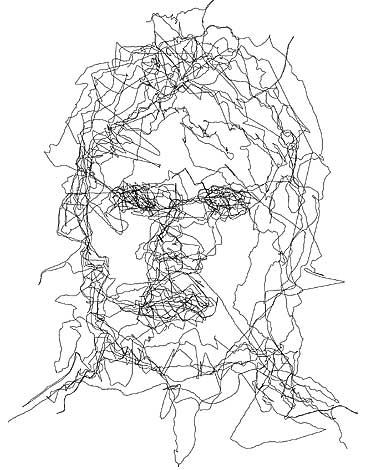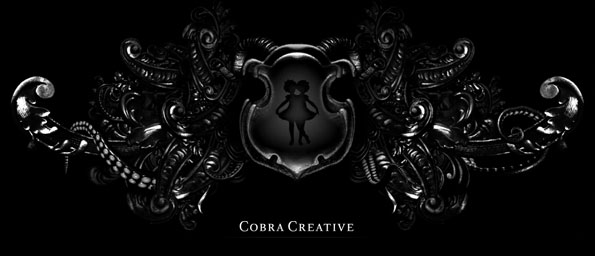Author: Nick Kempinski
-
I am not a light switch
I am not a light switch
lollipop
easy bake oven
to start and to stop
like a top
with a string, watch it go
till it flops on it’s side
“ding” muffins rise
just a stick inside! I am age and wise
like bourbon
with cheese
and philosophy guide
to Plato the thoughts are
timeless forever
that spreads in your mouth
with a breeze and a sip!You might want your recess to be over
but for me it was long time ago. No!
You might have to go to class
but I will be that cool kid
when you get back leaning on the… -
The Beautiful Truth – Trailer
Update: Looks like the whole think is now online, so why link to a trailer?
-
Ch-ch-changes
I used to be a change junkie. I used to mix things up for the simple sake of mixing things up. But I realized recently, I haven’t been changing. Why?
Fear
When I looked at it, somewhere there became this fear. Perhaps it was the old consistent job. The 9-5 routine. The biweekly pay cheque. Routine, routine, routine. It’s almost like a drug, regular intervals of the expected ( you could call it a high, or maybe just a feeling of solid ground? ).And like any other drug, there is this notion of not surviving without it. But you know what?
Change ain’t gonna kill you.
It’s not. You will survive. It might be tight. There might be a stumble. Maybe a few nothes on the belt ( or face ), but non the less, it won’t kill you.Why would you want to?
-
Change = Chaos
-
Chaos = Creativity
-
Creativity = Happy Renaissance
Start Simple
And like they say, when you are quitting anything else. Break the routine. Mix it up. Try gradual. That’s why they’ve got the patch for smokers. Do the same for change.Change something? Anything. The curtains on your blinds. Wear a piece of clothing you never thought you’d wear. Get a drastic hair cut. For me? I just shaved my mustache.
-

